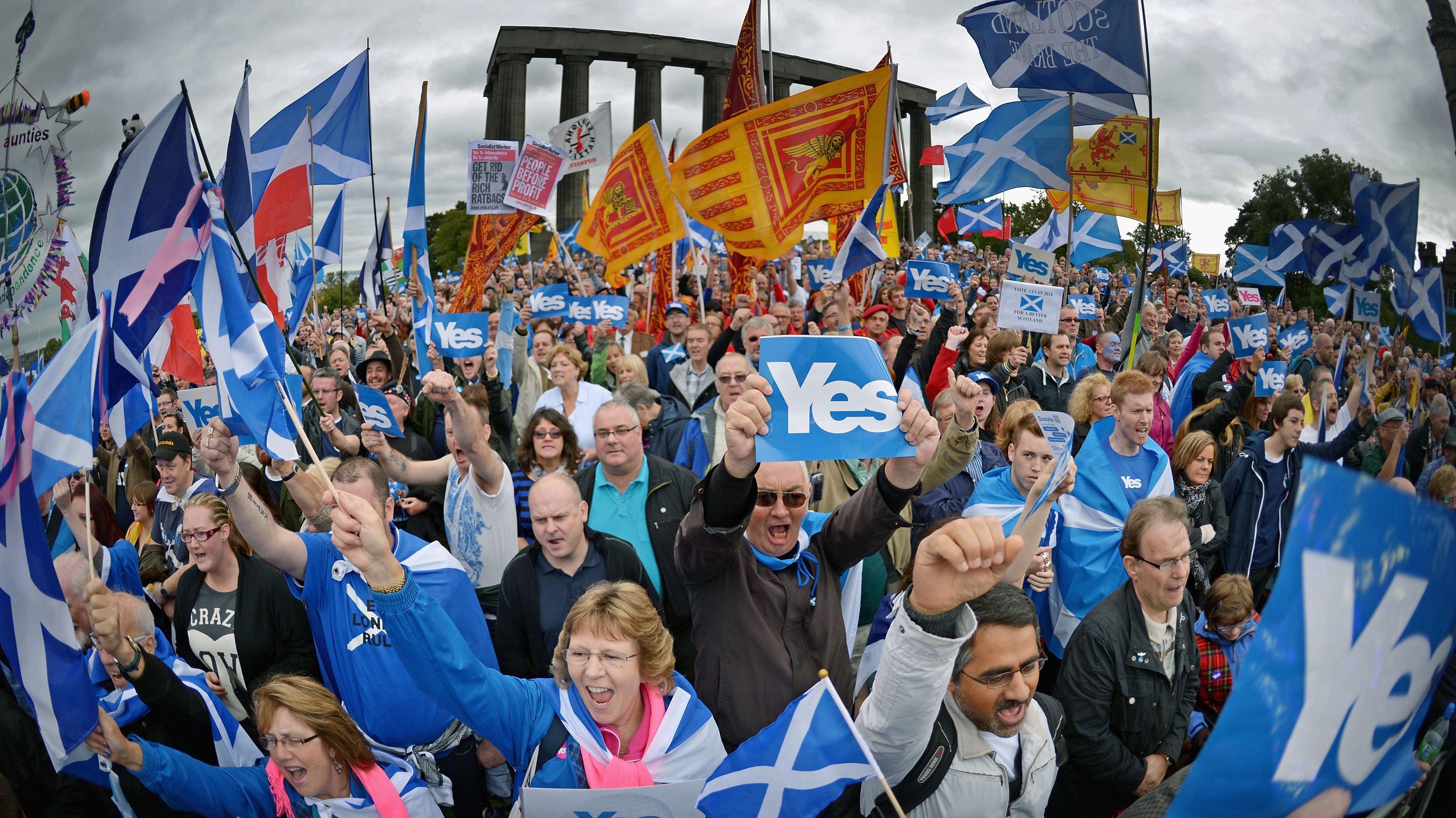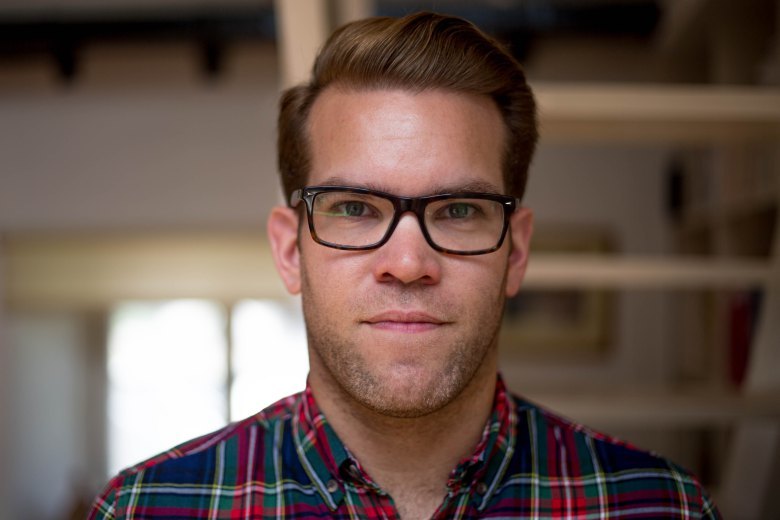
POLITICS is a funny old game.
A few weeks ago the consensus was that another independence referendum was off the agenda, mainly because the SNP no longer had an overall majority at Holyrood.
Now not only is a referendum very much “on the table”, but there’s the prospect of lots of Scots who previously voted No now prepared to back independence.
The fundamental point is that while in 2014 the choice was between a relatively stable UK and “independence in Europe”, in a few years that’s unlikely to be the case.
Nicola Sturgeon realises that, which is why in public she’s stressed a desire to take as many Scots with her as possible, conscious that she can only win by winning over former sceptics.
Of course there remains a lot to be sceptical about. The idea that Brexit somehow sweeps all the difficulties associated with independence away is for the birds. If anything, questions regarding borders and currency are now even more difficult.
Then there’s the financial backdrop. At the end of the day a hypothetically independent Scotland would most likely be a net contributor to the EU. At the moment it’s a net beneficiary from the UK.
So something has to give, and the independence proposition will have to be considerably more realistic than that of 2014. There are no easy scenarios.
And it’s also far from in the bag – a lot depends on what Brussels offers and how the next UK Prime Minister responds.
But it could be a psychological barrier has been crossed among that constituency of pragmatic No voters.
David Torrance is biographer of Alex Salmond and Nicola Sturgeon.
READ MORE
EU Referendum Analysis: Deep divisions exposed by Brexit
End of the UK? New survey shows 59% support Scottish independence after Brexit vote

Enjoy the convenience of having The Sunday Post delivered as a digital ePaper straight to your smartphone, tablet or computer.
Subscribe for only £5.49 a month and enjoy all the benefits of the printed paper as a digital replica.
Subscribe